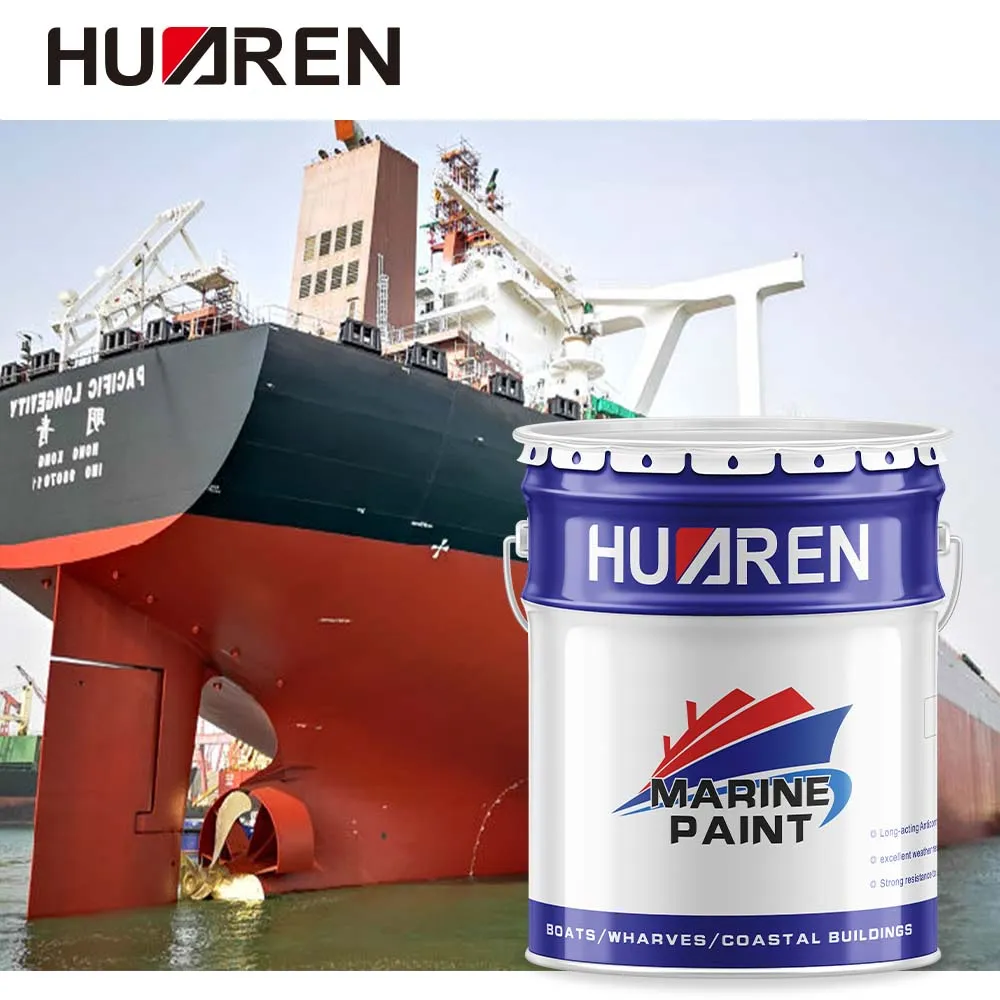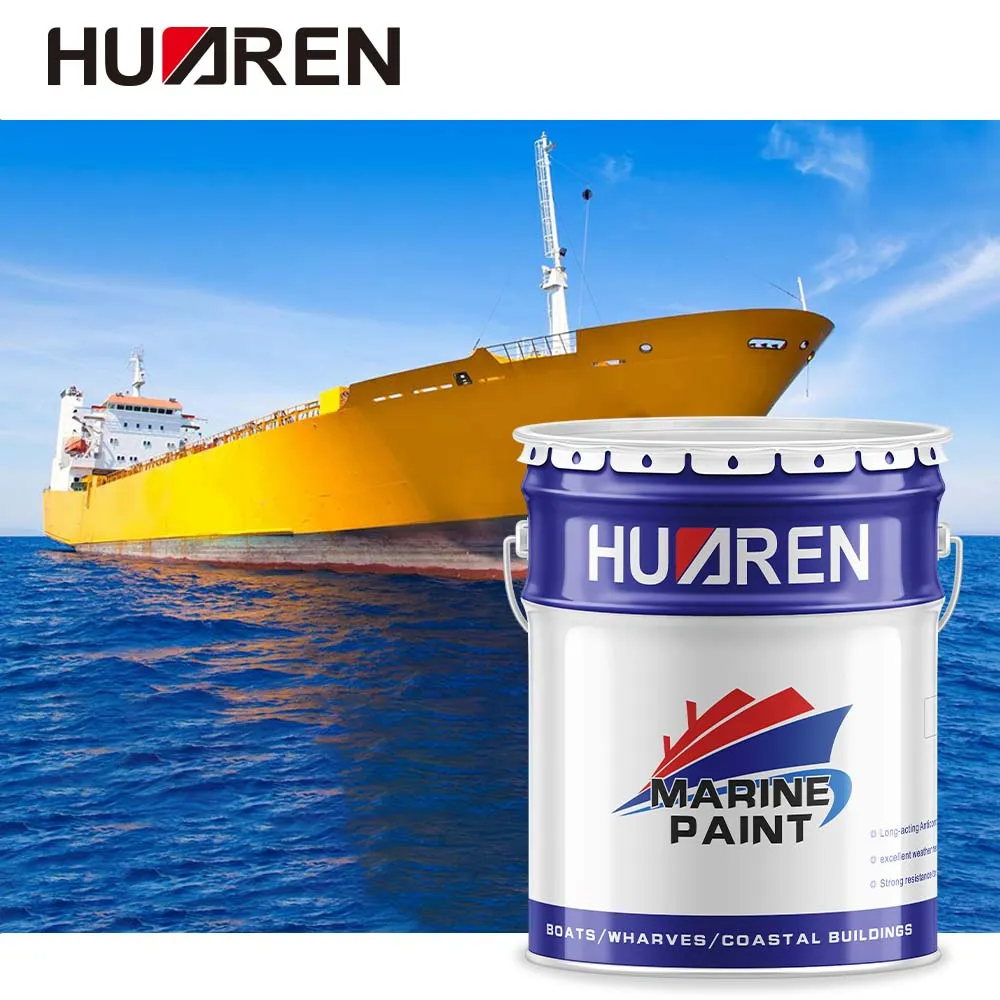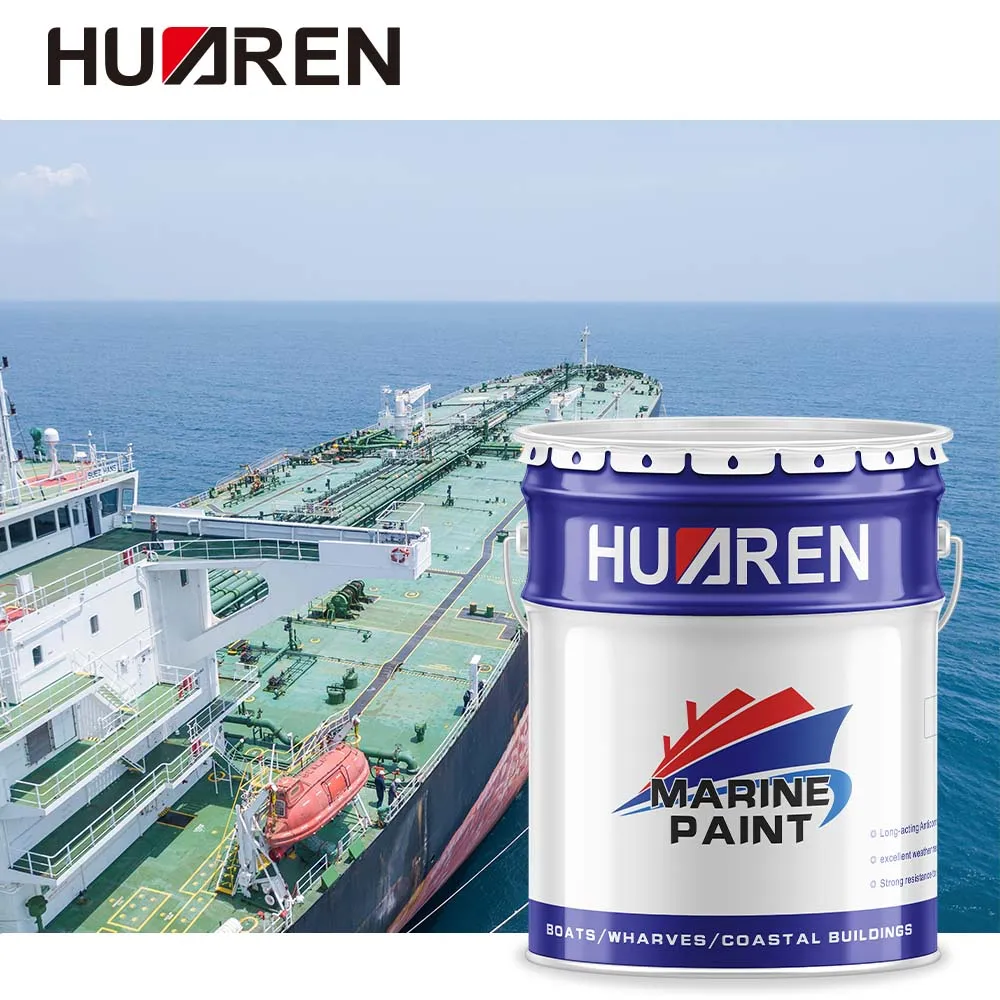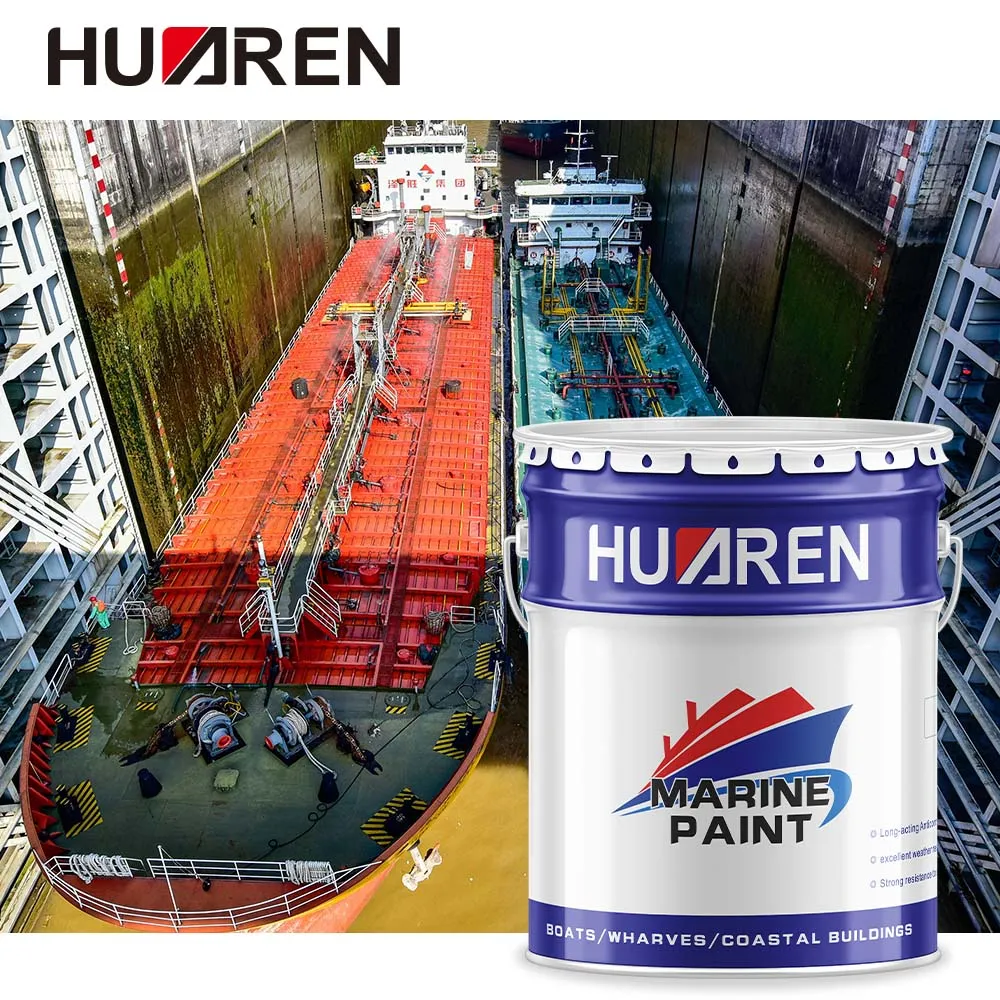For ships sailing in the marine environment, the hull part below the waterline is immersed in water for a long time and is vulnerable to various marine organisms. These organisms include algae, shellfish, barnacles and other attached organisms, which will form a thick layer of dirt on the bottom of the ship, which not only increases the weight and resistance of the hull, but also damages the hull material.
Therefore, the use of antifouling ship bottom paint is a necessary measure to protect the part below the waterline of the ship. This article will discuss in detail the importance, principle and application effect of antifouling bottom paint to help readers understand why antifouling ship bottom paint should be used below the waterline of ships.

What is the importance of using antifouling ship bottom paint below the waterline?
The importance of antifouling ship bottom paint: improve navigation efficiency (the presence of bottom attachments can cause the fuel efficiency of ships to drop by up to 30%), protect the hull structure (antifouling bottom paint can form an effective barrier to prevent marine organisms from directly contacting the hull material), and reduce maintenance costs.
1. Improve navigation efficiency:
When a large number of marine organisms are attached to the surface of the hull, these attachments will significantly increase the surface roughness and underwater resistance of the hull, resulting in a decrease in the ship's navigation speed and an increase in fuel consumption. Studies have shown that the presence of attachments on the bottom of the ship can cause the ship's fuel efficiency to drop by up to 30%. The use of antifouling boat bottom paint can effectively prevent the attachment of marine organisms, keep the surface of the hull smooth, reduce resistance, thereby improving navigation efficiency, reducing fuel consumption, and saving operating costs.
2. Protect the hull structure:
The attachment of marine organisms not only affects the navigation performance of the ship, but also causes damage to the hull structure. For example, organisms such as barnacles and shellfish secrete acidic substances that corrode the metal hull, causing rust and structural damage. Antifouling ship bottom paint can form an effective barrier to prevent marine organisms from directly contacting the hull material, reducing the risk of corrosion and damage, and extending the service life of the ship.
3. Reduce maintenance costs:
Once the marine organisms attached to the hull are formed, they need to be cleaned and maintained regularly, which not only consumes a lot of manpower and material resources, but also affects the normal operation of the ship. The use of antifouling bottom paint can greatly reduce the formation of attachments, reduce the frequency and cost of cleaning and maintenance, and improve the operational efficiency of ships.

What is the principle of antifouling ship bottom paint?
The main principle of antifouling boat bottom paint is to prevent marine organisms from attaching to the surface of the hull through special ingredients in the paint. Common antifouling mechanisms include: toxic antifouling, non-toxic antifouling, and self-cleaning mechanisms.
1. Toxic antifouling:
Traditional antifouling ship bottom paints usually contain toxic substances such as organic tin compounds and copper compounds. These toxic substances will gradually release on the surface of the paint film, inhibiting the growth and attachment of marine organisms. However, due to the serious harm caused by these toxic substances to the marine environment and organisms, many countries and regions have banned the use of organic tin compounds and strictly restricted the use of copper compounds.
2. Non-toxic antifouling:
With the improvement of environmental awareness, non-toxic antifouling technology has gradually become mainstream. These technologies prevent marine organisms from attaching to the surface of the hull through physical and chemical methods. Common non-toxic antifouling technologies include: low surface energy materials and bio-based materials.
● Low surface energy materials: This antifouling ship bottom paint contains low surface energy materials such as fluoropolymers or silicones to form a smooth surface and reduce the possibility of biological attachment. It is difficult for organisms to attach to this surface, and even if they attach, they are easily washed away by the water flow.
● Bio-based materials: Some antifouling ship bottom paints use natural or synthetic bio-based materials, which have the characteristics of inhibiting biological attachment and are environmentally friendly. For example, certain natural compounds such as alginate and chitosan are used in antifouling coatings to inhibit the growth of microorganisms and shellfish.
3. Self-cleaning mechanism:
Self-cleaning antifouling ship bottom paint automatically removes attached organisms and dirt through the movement of the hull in the water. Self-cleaning coatings usually have a smooth surface that reduces adhesion, combined with the high-speed movement of the ship in the water, to achieve the effect of cleaning the hull.

What is the application effect of antifouling ship bottom paint?
1. Actual case analysis:
In order to more intuitively understand the application effect of antifouling boat bottom paint, we can refer to some actual cases.
● Case 1: Antifouling effect of a cargo ship
After a cargo ship used antifouling ship bottom paint, the attached organisms on the hull surface were significantly reduced. After one year of sailing at sea, the bottom of the ship remained smooth and there was no obvious attachment. Compared with similar ships that did not use antifouling ship bottom paint, fuel consumption was reduced by about 20% and the sailing speed was increased by about 10%.
● Case 2: Reduced maintenance costs of a yacht
After a luxury yacht was painted with antifouling ship bottom paint, regular inspections found that the attachments on the bottom of the ship were significantly reduced. The owner said that in the past, cleaning and maintenance were required twice a year. Since the use of antifouling bottom paint, the cleaning frequency has been reduced to once a year, and the maintenance cost has been reduced by about 50%.
2. Economic benefit analysis:
The use of antifouling ship bottom paint can not only improve the navigation efficiency of the ship, but also significantly reduce operating costs. The following are some specific economic benefit analyses:
● Fuel saving:
By reducing hull resistance, antifouling boat bottom paint can significantly reduce fuel consumption. Assuming that a medium-sized cargo ship consumes 10,000 tons of fuel per year, the use of antifouling ship bottom paint will increase fuel efficiency by 20%, and 2,000 tons of fuel can be saved each year. Based on the fuel price of $500 per ton, the fuel cost can be saved by $1 million per year.
● Reduced maintenance costs:
After using antifouling boat bottom paint, the frequency and cost of hull cleaning and maintenance are greatly reduced. Assuming that the cost of each cleaning and maintenance is $50,000, reducing cleaning and maintenance once a year can save costs of $50,000.
How to choose the appropriate antifouling ship bottom paint?
Choosing the right antifouling ship bottom paint for you needs to be selected according to the type of ship and the sailing area: large ships such as cargo ships, tankers and container ships usually choose high-efficiency and durable antifouling paints, while small ships such as yachts and speedboats pay more attention to environmental protection and self-cleaning performance.
Marine organisms in tropical and subtropical waters reproduce rapidly and have strong adhesion to the hull, so a stronger antifouling effect needs to be selected. However, there are relatively few attached organisms in the cold and temperate waters, so environmentally friendly and self-cleaning antifouling paints can be selected.

Conclusion of antifouling bottom paint should be used below the waterline of ships
Through detailed analysis, we can draw the conclusion of why antifouling ship bottom paint should be used below the waterline of ships:
1. Improve navigation efficiency: antifouling boat bottom paint can prevent marine organisms from attaching, keep the surface of the hull smooth, reduce resistance, and improve navigation speed and fuel efficiency.
2. Protect the hull structure: antifouling ship bottom paint can form an effective barrier to prevent marine organisms from corroding the hull material and reduce the risk of rust and structural damage.
3. Reduce maintenance costs: antifouling boat bottom paint can reduce the frequency and cost of hull cleaning and maintenance, and improve the operating efficiency of ships.
4. Choose the right antifouling ship bottom paint: Choose the right antifouling boat bottom paint according to the type of ship, navigation area and maintenance cycle to ensure the best protection effect.
5. Construction precautions: The hull surface must be thoroughly cleaned and treated before construction. The thickness and drying time of each layer of paint must be strictly controlled during the painting process, and attention must be paid to safety and environmental protection.

